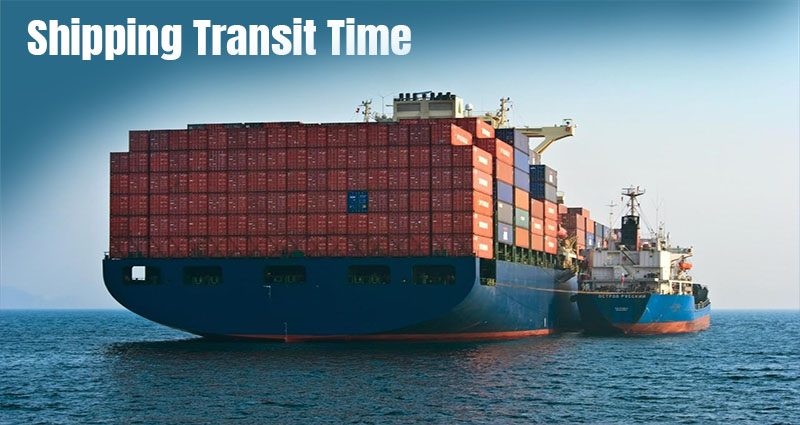Shipping and delivery times are an essential part of any business. Not only do they directly affect customer satisfaction, but they also help you determine how to manage your inventory levels best and plan for future orders. But what’s the real deal when it comes to shipping transit time? How long does a parcel usually take from point A to point B, and why is standard shipping so slow?
In this article, we’ll explore the importance of understanding what factors influence and strategies for managing your company’s transit times. Ready to start learning more about getting those packages out on time? Let’s dive right in.
What is the shipping transit time?
Shipping transit time is an essential factor in commerce and logistics, and it can affect various aspects of the shipment – from pricing to customer experience and satisfaction levels. Knowing the specific transit time can provide critical insight into how long a package will take to arrive and if any delays may occur.
The more information one has on shipping transit time, the better one can plan for any potential disruption, helping all parties involved prepare for any minor issues and allowing them to avoid significant problems.
How is shipping transit time calculated?
Shipping transit time is usually calculated based on the shipping method and distance between the two points. FCL shipping generally takes longer than air freight, for example – because it involves more steps. Other factors such as customs clearance, port congestion, and documents presented can also add to the total duration of a shipment’s transit time.
In addition to this, weather conditions are an essential factor when considering total transit times. A storm or typhoon may cause delays in FCL shipments for safety reasons, while heavy snowfall can disrupt the road transportation of goods.
Why is shipping transit time essential to consider?
Accurate knowledge of shipping transit time is vital for various reasons. It can determine customer satisfaction and guarantee on-time delivery, which is crucial for those who want their orders within a specific timeframe. It also helps with inventory management, allowing you to plan and ensure you have enough stock in advance.
Furthermore, understanding the transit times associated with different methods of transportation – air versus sea freight – can help manage costs effectively. With this information, companies can weigh up their options and determine which option is most suitable according to budget and the expected arrival date.
What are some factors that can influence shipping transit time?
Different types of shipping methods have their own individual transit time. Generally, air freight is the quickest option as it is a direct route from point A to Point B. Sea freight takes longer since additional steps, such as container loading and customs inspections, can cause delays.
Port congestion is another factor that can affect transit times. During peak season, ports may be overburdened with requests leading to extended wait times and delays in delivery schedules. Weather conditions also play an important role here – heavy snowfall could disrupt road transportation of goods. At the same time, storms or typhoons may cause delays due to safety reasons when shipping via sea freight.
Tips for reducing your shipping transit time
With the right strategies and preparation, companies can minimize total shipping transit time by ensuring their operations are as efficient as possible. Here are a few tips to help you get started:
• Take advantage of available technology – Use an automated approach for tracking your shipments with real-time updates on the delivery status
• Invest in reliable carriers – Make sure you select trusted carriers who have a good reputation for providing fast and dependable services
• Plan ahead – Stay up to date on potential port or weather disruptions in advance so that you’re always prepared for any unforeseen issues
• Utilize multi-modal options – Combine air freight, sea freight, and ground transportation to take advantage of the benefits offered by each method
Shipping transit time is essential to consider when planning your supply chain operations. Understanding how it works and following the tips above can help you reduce transit times, avoid delays, and ensure the timely delivery of your goods.
Conclusion
In conclusion, shipping transit time is vital in supply chain management, and it is essential to know the different types of shipping methods and their associated transit times. Additionally, port congestion, weather conditions, and other factors can influence shipment duration and should be considered when planning operations.
Furthermore, preparing ahead with technology solutions and increasing efficiency through multi-modal options can help reduce total shipping duration. By keeping all these elements in mind, companies can ensure the timely delivery of goods while minimizing additional costs.









